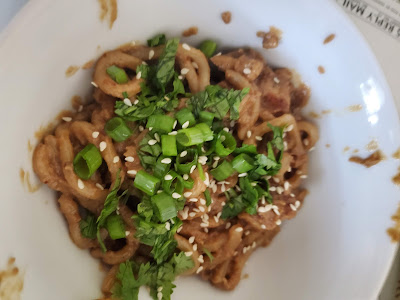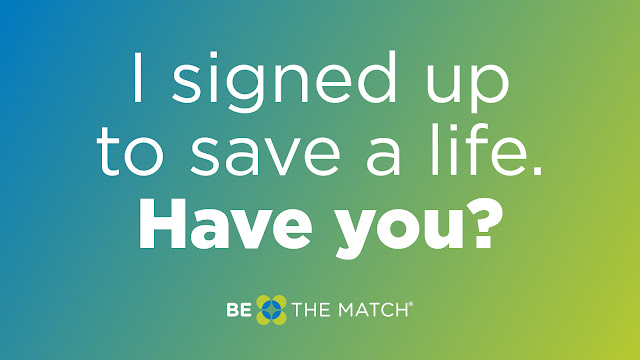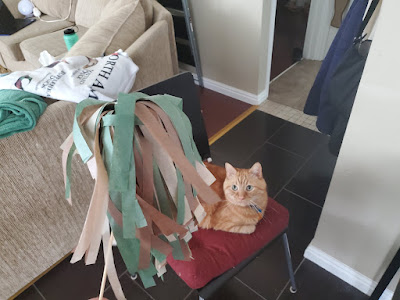Cooking of July

I've tried quite a few new recipes this month. My favorite was probably a ginger tahini noodle dish, which was easy to put together, especially with premade stir-fry noodles. It was just a little heat, very savory, and tasted very rich. It was a little involved, but definitely worth it. Some other delightful recipes included a chickpea couscous, a chicken sausage pasta dish, and sunchoke sautee. All delicious recipes, all worthy of making again. The biggest challenge of the month is that it's been quite hot to be using the oven and stove heavily, but I'm making it work.

